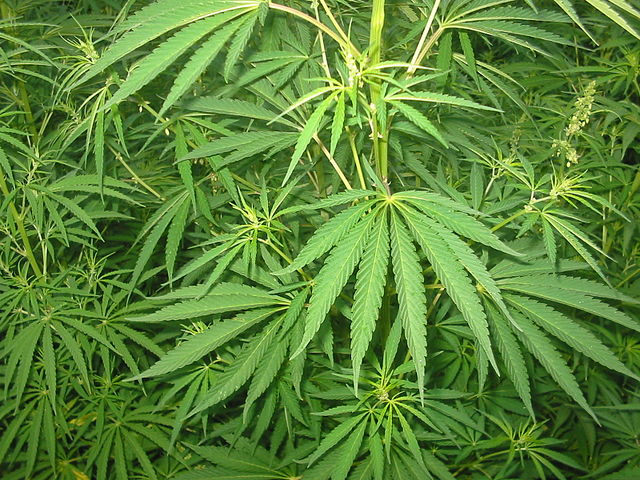Next week, Ottawa Public Health will table a submission before a Canadian federal task force, recommending that the minimum age for buying legal, recreational marijuana should be 25. Age limits are just one of the myriad decisions we will have to make as the government moves toward fulfilling Justin Trudeau’s campaign promise of legalizing pot.
It’s an exciting time, and the move toward legalization has some surprising advocates. Retired Toronto police chief Bill Blair leads the team crafting pot legislation. After all of those decades in the force, he feels he finally has a real chance to do something about organized crime, as the proceeds from pot currently make up the vast majority of the billions flowing into biker gangs and other mobsters in Canada.
At first glance, age 25 seems high (pardon the pun). It’s older than just about any other age limit and — as the CEO of the country’s largest medical marijuana manufacturer argues — is not consistent with the local drinking and smoking age (19), voting age (18), or driving age (16 for a learner’s permit).
We’re constantly tinkering with those other ages, too. Sexual consent was recently raised from age 14 to 16, with a close-in-age exception for 14 years and up, provided the partner is less than five years older. Bizarrely, we have a separate,18-year-old minimum for anal sex. When smoking was being phased out in bars and restaurants, there was talk of raising the smoking age by one year, annually, so that the current cohort of teens might simply never start.
Some of the conversation around age minimums stems from the cultural importance of military service. If a man can fight for his country at 17 (with parental consent), so the logic goes, how can we deny him the right to marry (16 with parental consent). Except that some activities are less a right, per se, than an opportunity to deprive oneself of future options.
Driving, for example, is one of the most dangerous activities a person can do, and adolescent brains — still developing the ability to reign in risky impulses until the early 20s — are demonstrably dangerous behind the wheel. Even “good kids” are much more influenced by fatigue or emotional upset or stress than they will be as adults, and it shows in their driving at the time. Otherwise intelligent teens weigh rewards much more heavily in their risk decisions, so that reading a text from their girlfriend may well rank higher than the priority of watching the road. If it weren’t for the many jobs that require driving, the statistics alone would long have driven us to raise the driving age.
The wonderful plasticity of the adolescent brain also makes it far more vulnerable to damage from toxins and stress. Drinking in the teens primes the brain to find alcohol more pleasurable later on in life. Perhaps that’s fine, except that some then have trouble experiencing full complements of pleasure without it. And as much as marijuana should not involve criminality, it also is emphatically not benign.
Meanwhile, other activities could stand to be made available to younger citizens. Our logical capacities for “cold” decisions are fully developed by 16. There is no neurological reason voting rights should not include our younger electorate.
I agree that prohibition doesn’t work, and that drug problems are health issues, not criminal ones. I agree that alcohol, on balance, is far more harmful to society than weed. Under legalization, wherever there is a legitimate sale of marijuana to adults, there will surely be a grey market of resale to teens. But teenagers are still in need of parenting, no matter how adult they feel, and the law can provide a much-needed bolster to parents trying to give their high school kids a clean start. For this reason, I hope the task force takes this recommendation and sets the age at 25. Once the adolescent brain phase has completed its work, this generation of kids is welcome to it — I’ll roll them a spliff myself.
Image: Wikimedia Commons

2 thoughts on “Teen hippies get off my lawn”
Comments are closed.